Using edtech to prepare businesses and students for impacts of AI and more
Jason Dineen, educational technologist at the UCD Innovation Academy, shared his insights at Enterprise Ireland and The Learning Forum’s conference: Impacts and Future Trends in the EdTech and Corporate Learning Landscapes.
Due to the increasing pace of technological change, a sense of what the work environment will look like in five years is mostly unclear to students now entering higher education. To help build that picture, educators from the UCD Innovation Academy collaborate with businesses to explore evolving trends and to use leading edge technologies to ensure students are as prepared as possible.
Role of AI and automation
The impact of trends such as AI, automation and other new technologies, means that workplaces and roles around the world are changing quickly, creating challenges for students, educators, employees, and employers.
Jason described how The Innovation Academy helps businesses to adapt within this environment: “We mostly meet small and medium enterprises – companies that aren’t sure how to define a role that they will need in two years’ time. It’s difficult to create a job description when you don’t know what you will need. Our students and staff at the Innovation Academy consult businesses on what they should be looking for and to understand their concerns and views about the future.”
He highlighted that graduates must develop a range of soft skills, such as complex problem solving, critical thinking, and team work. Having one core skill that you are highly competent at is no longer enough.
Among students, Jason indicated there can be a fear of AI. The task for businesses and educators is to demonstrate how AI will improve the workplace of the future: “That’s why we show students the technology as they study with us, allowing them to see how it helps to minimise repetitive tasks we don’t need to do anymore.”
The Innovation Academy’s social humanoid robot, Pepper (by SoftBank Robotics), was on display at the conference. Students are given the opportunity to programme Pepper “to give them the chance to see how they can use AI to undertake tasks”, Jason explained.
How businesses can attract and retain talent in the new world of work
In order to attract and retain talent, businesses will be required to become more flexible with practices such as remote working, Jason predicted. What attracts candidates to jobs is no longer just a salary. With many applicants prioritising their ability to enjoy their job, companies should allow work to complement employee interests: “If your employees have a genuine interest in something, they will do very good things for your business, and they will be loyal to you.”
The task for employees in this new landscape is to ensure they are upskilling to adopt technologies with confidence.
Jason advised that career-long learning is vital to employee fulfilment: “Employees are not going to come into a job after doing a four-year college degree and think that’s it for the next 40 years. They now want to upskill constantly – to learn new skills and see how they can adapt for what’s coming down the tracks in terms of technology.”





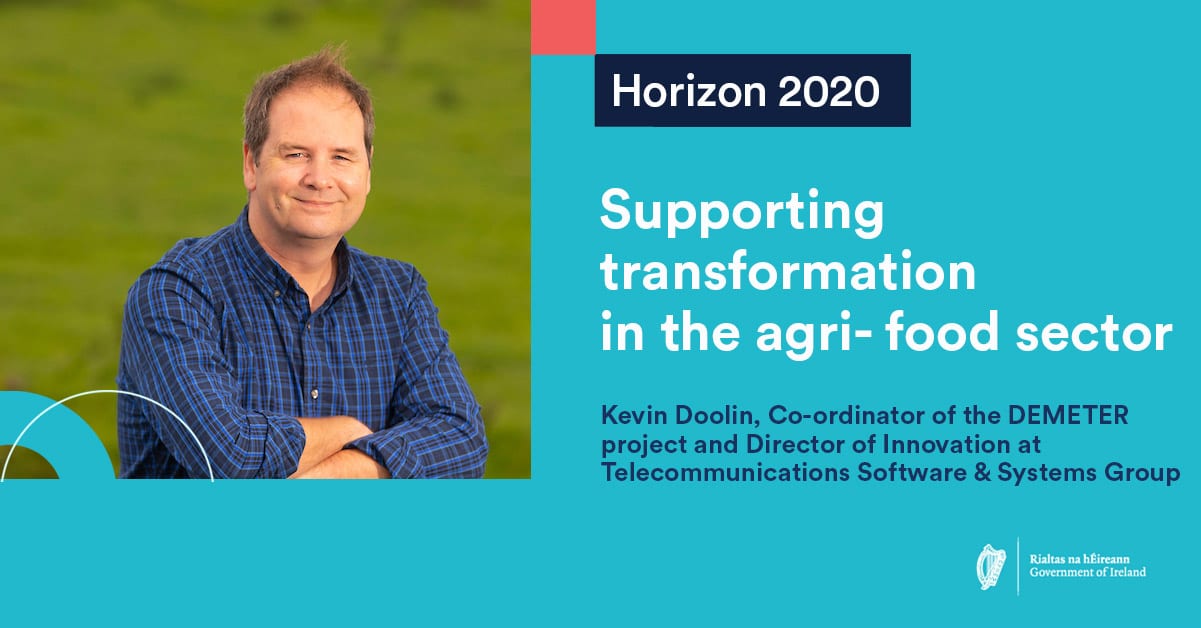
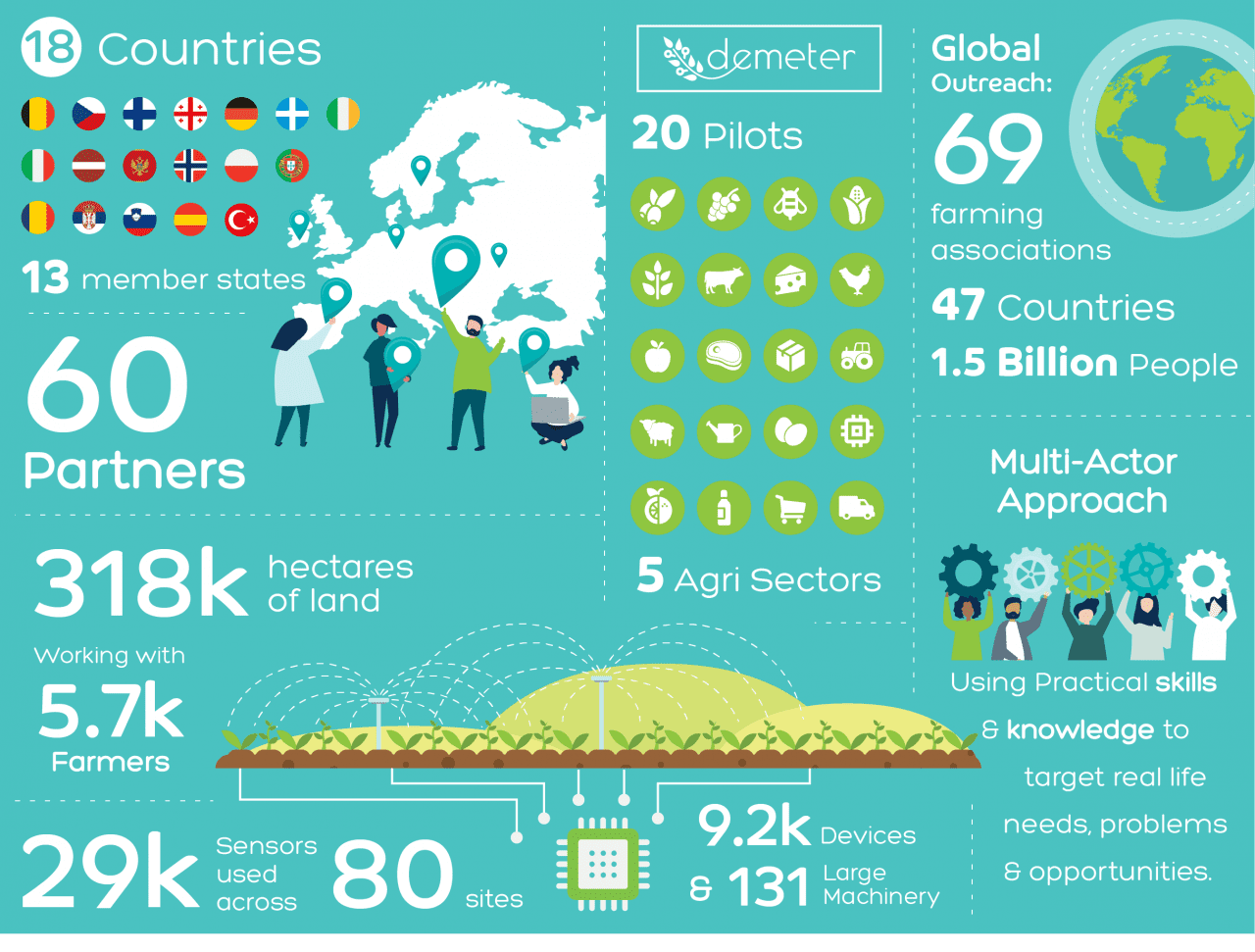
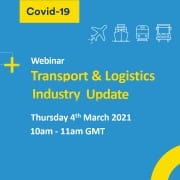
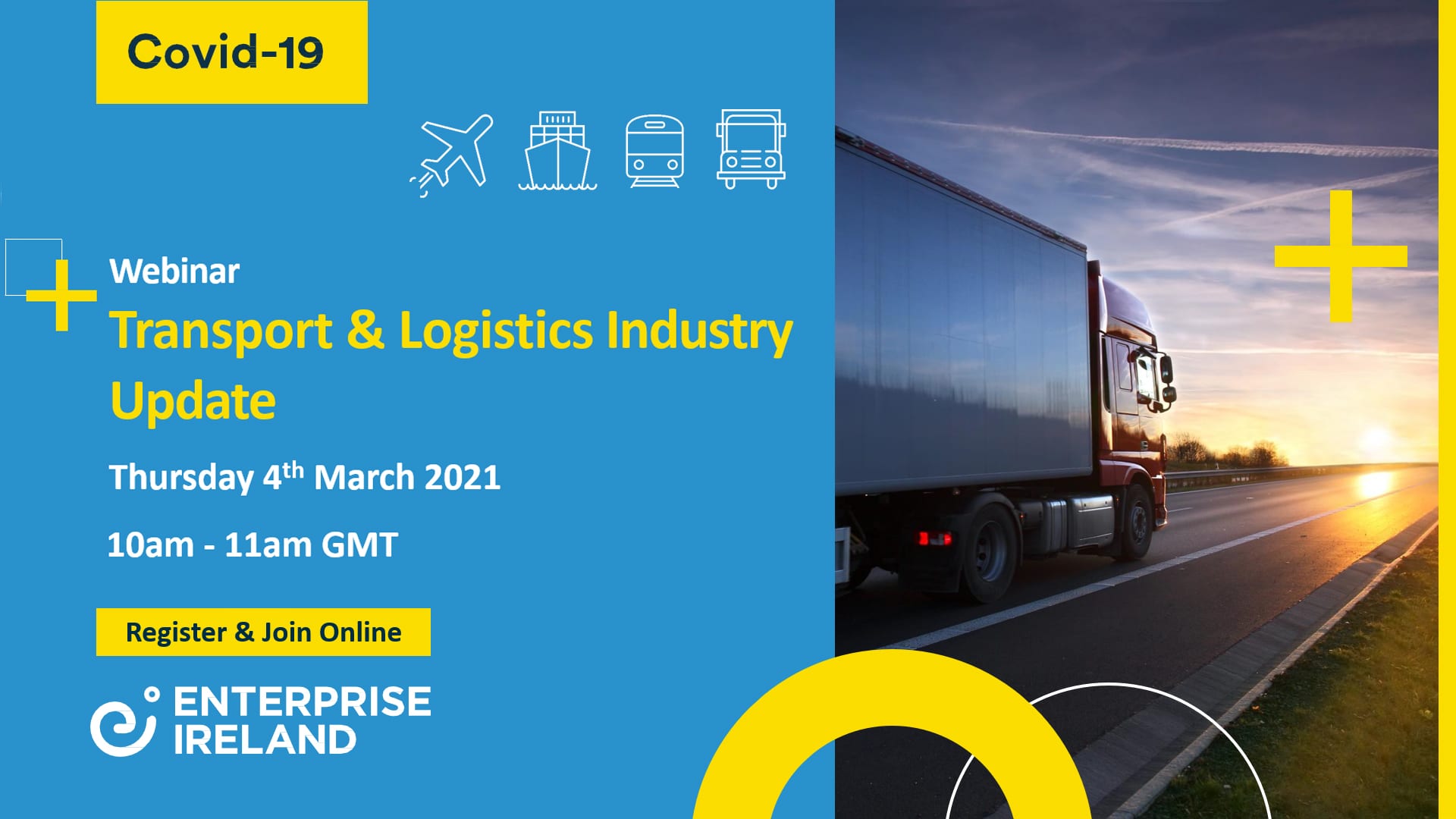

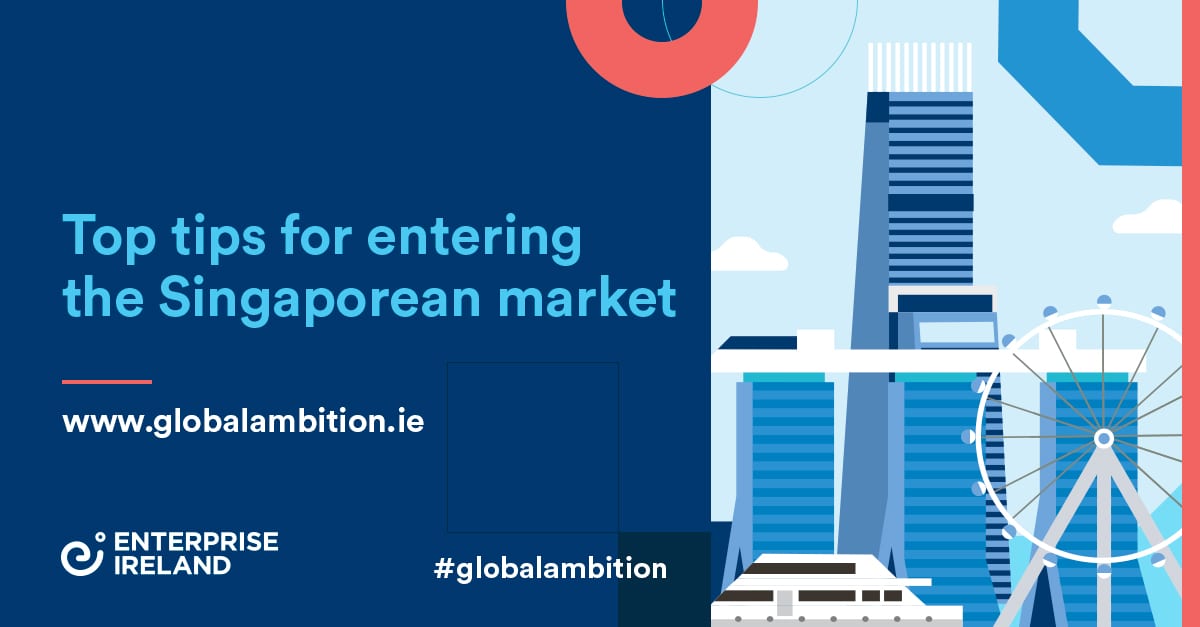
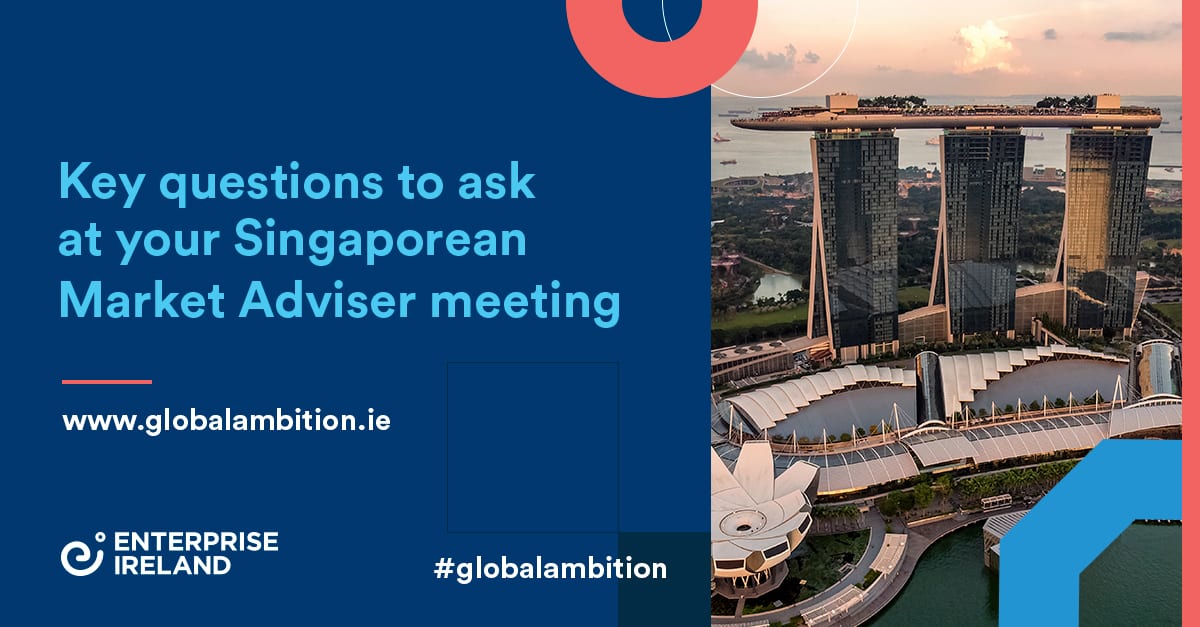
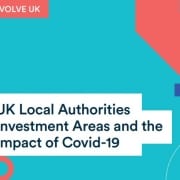
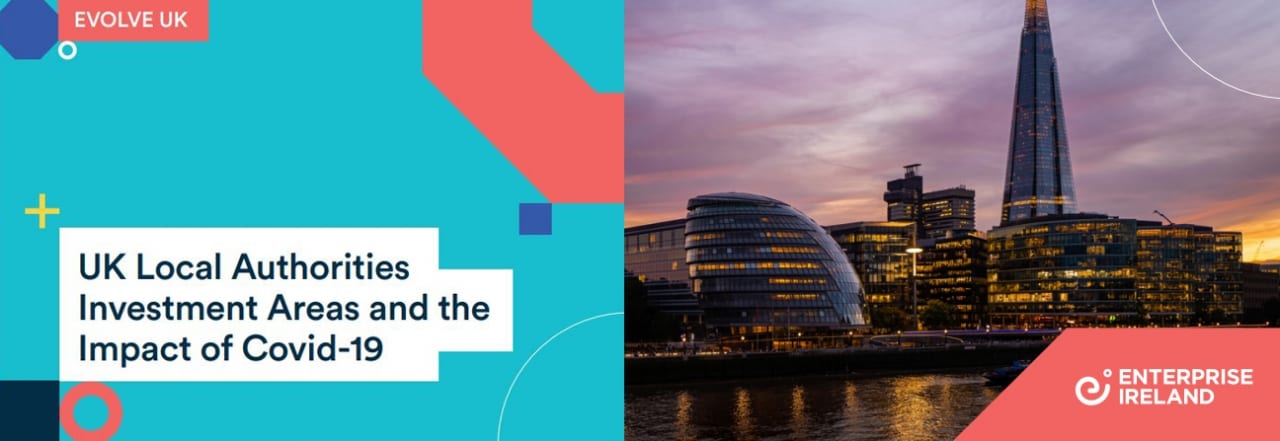

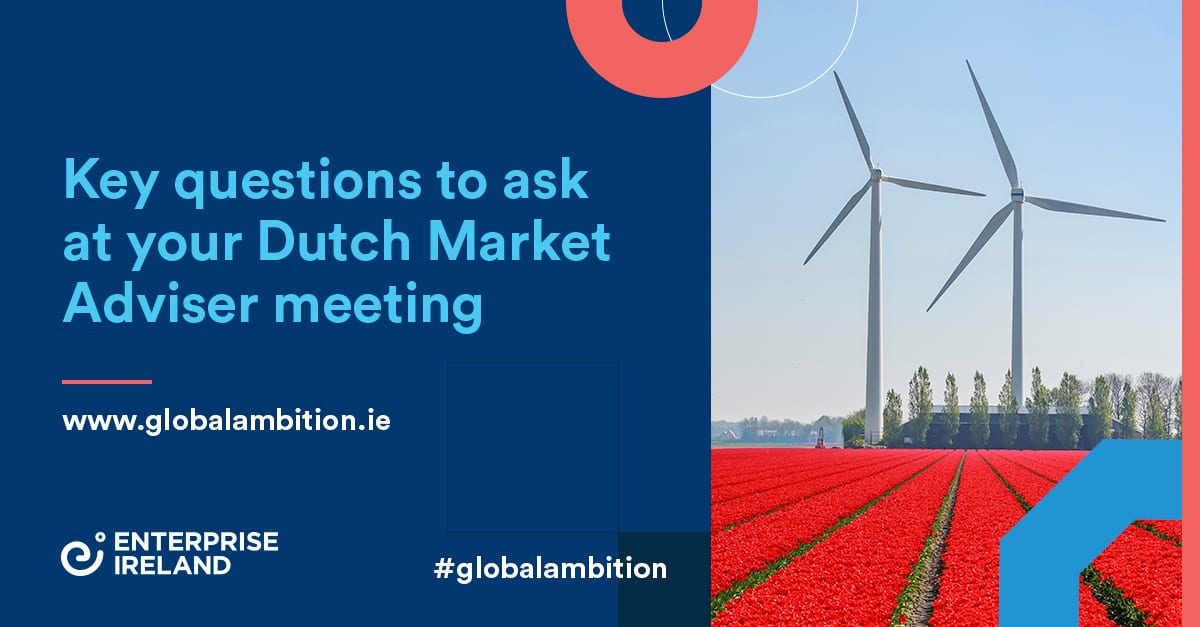




 However, developing 3D technology would mean breaking new ground for LaserTec and would require a considerable amount of R&D.
However, developing 3D technology would mean breaking new ground for LaserTec and would require a considerable amount of R&D.
 Firefly looked at various grant schemes from different organisations before deciding to apply to
Firefly looked at various grant schemes from different organisations before deciding to apply to 

